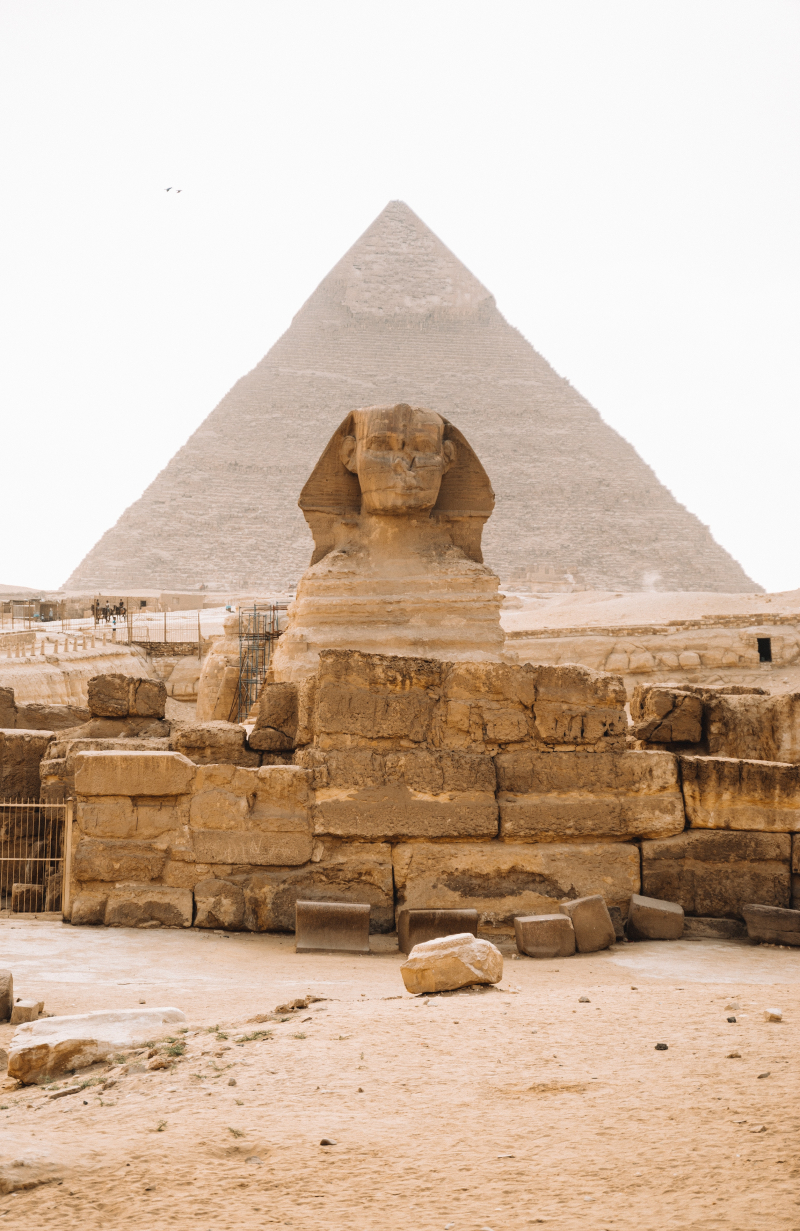Not Assassinated
According to a 2002 Time magazine article, British film producer Anthony Geffen engaged former FBI profiler Greg Cooper to oversee the forensic examination of Tutankhamun's remains because he thought the mummy had been murdered. It had happened before. A comparable examination of the remains had been ordered by Howard Carter in 1925, but there had been no indication of wrongdoing.
A University of Liverpool researcher asserted in 1968 that he had discovered proof of a hit to King Tut's back of the skull. The main suspect was his Vizier Ay, which made the claim that he had married Tutankhamun's wife and ascended to the throne all the more intriguing. However, in the 3,300-year-old case, General Horemheb, Chief Treasurer Maya, and even Ankhesenamun were thought to be suspects.
By 2005, it has been proved to be false. No one in King Tut's time was to blame for the damage to the back of his head. It belonged to Howard Carter and was sustained when the body was being removed. This was demonstrated by the discovery that none of the embalming fluid used to heal his body had entered the skull, as it would have done if a fracture had existed at the time of death.
Even at that time, Egyptian analysts acknowledged that there was a chance King Tut had been poisoned, but there was no proof of that and the required tissue for testing was not on hand, as though the conspiracy hypothesis had to be maintained in some way.












